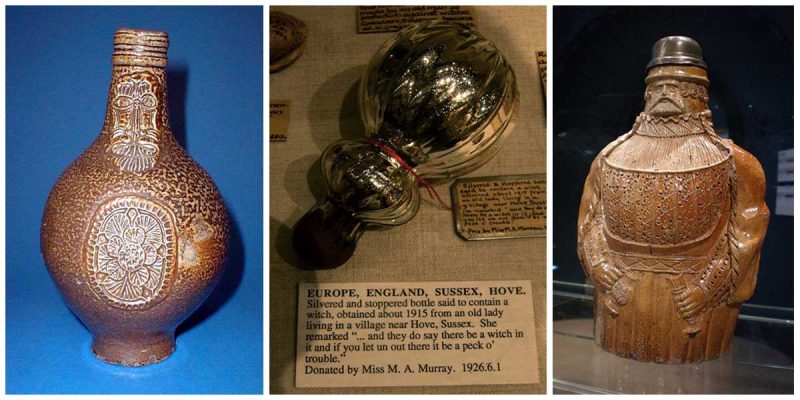The history of witch-bottles (also known as “Spell bottles“) goes back hundreds of years. The origins of this tradition have been dated to the 1500s and were used widely for centuries.
During the 17th century, British people often blamed witches for any ill health or misfortune they suffered. Widespread fear of witches led to the development of charms to protect oneself against them during times when even the slightest misfortune was easily interpreted as being caused by a witch’s curse.
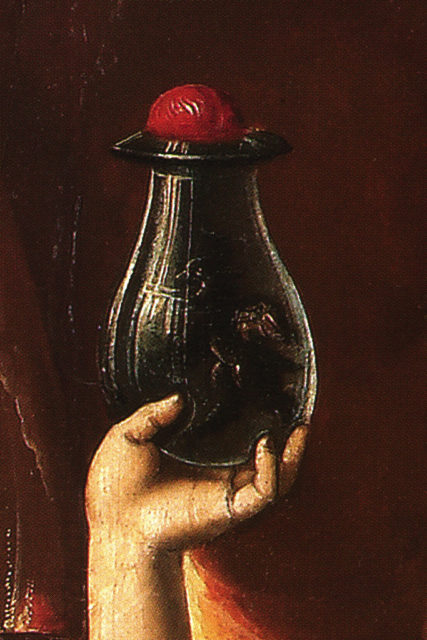
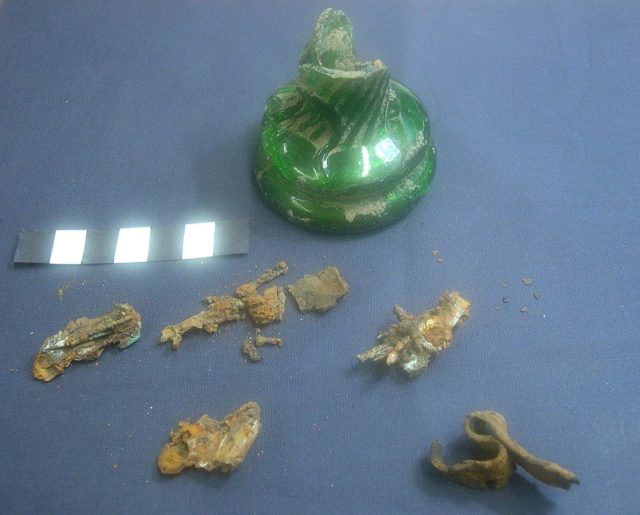
They were made for a variety of purposes and are used in numerous ways. In early times, the bottle was designed as a way to protect the owner from malicious witchcraft and sorcery. They were also used as magical guardians (usually walled up into new homes). Spell bottles of this type continued to be used well into the 19th century.
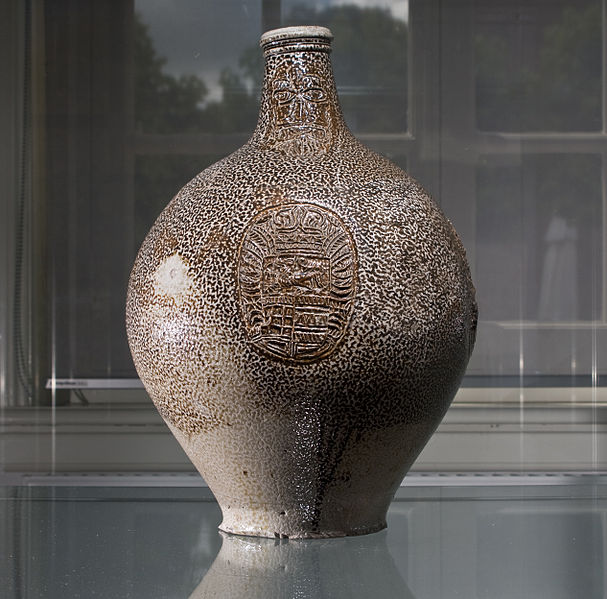
They were often ceramic vessels, filled with hair, nails, and even the victim’s urine. The pins or nails often were used to symbolize the victim’s pain and the urine symbolizes the target of the curse. The significance of pubic hair and hair was similar to that of the urine.
Other traditional items contained in Witch-bottles include small bones, thorns, wine, rosemary, needles, pieces of wood and in some cases heart-shaped pieces of cloth.
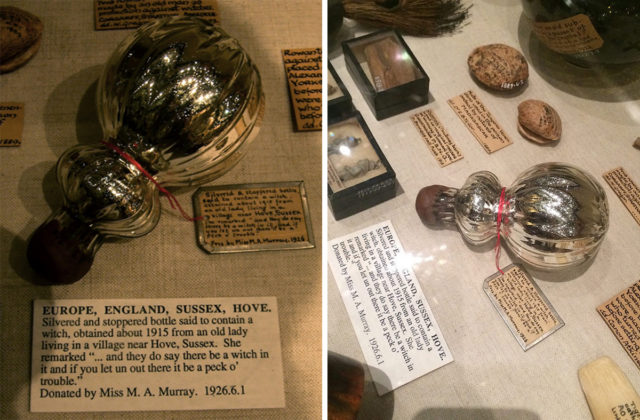
The locations in which these bottles were placed was also significant. They were most often found buried under fireplaces, but also under the floor, and plastered inside walls. Those buried underneath fireplaces have been found only after the rest of the building had been torn down or otherwise demolished.
It is believed that after being buried, the bottle captures evil forces which is impaled on the pins and needles, drowned by the wine, and sent away by the rosemary.
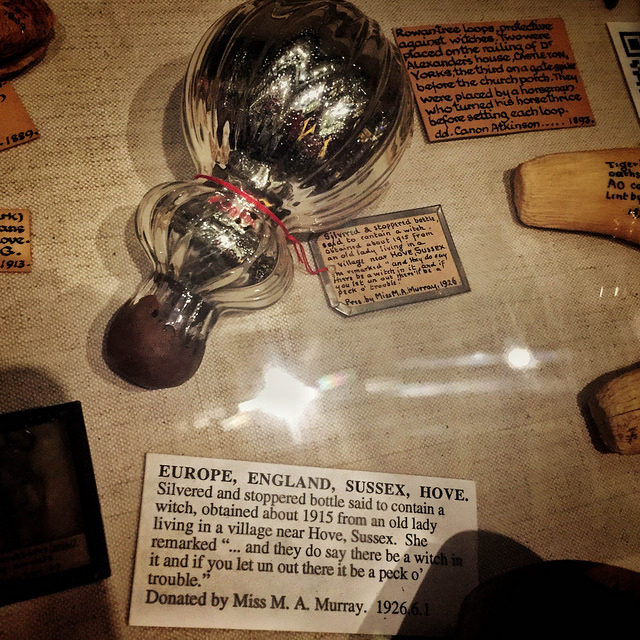
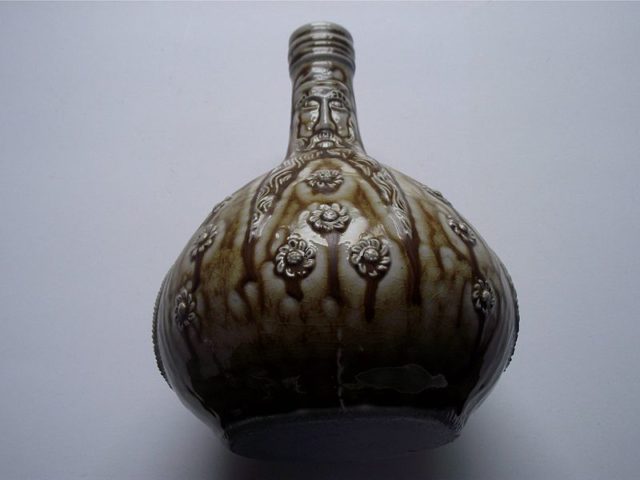
The practice of concealing witch-bottles appears to have started in the 16th century. Almost invariably in the 17th century, a German stoneware bottle was used, colloquially known as the “bellarmine“ (also as Bartmann jugs). These types of bottles were named after a particularly fearsome Catholic Inquisitor, Robert Bellarmine, who persecuted Protestants and was instrumental in the burning of Giordano Bruno.
They were manufactured in several locations in England, either by English potters copying German patterns or by immigrant Germans. The bottles can be easily identified as they were made of brown or gray stoneware glazed with salt аnd customarily adorned with the figure of a bearded man. Of around 200 English witch-bottles on record, 130 are ‘bellarmines’.
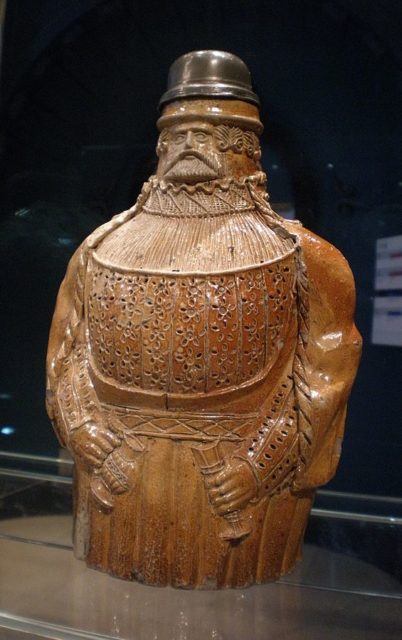
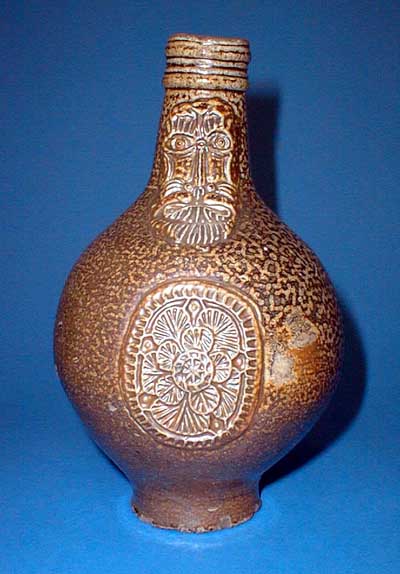
The most common purpose for constructing a Witch-bottle today is capturing negative energies targeted at the constructor of the bottle, their family, and their home.
